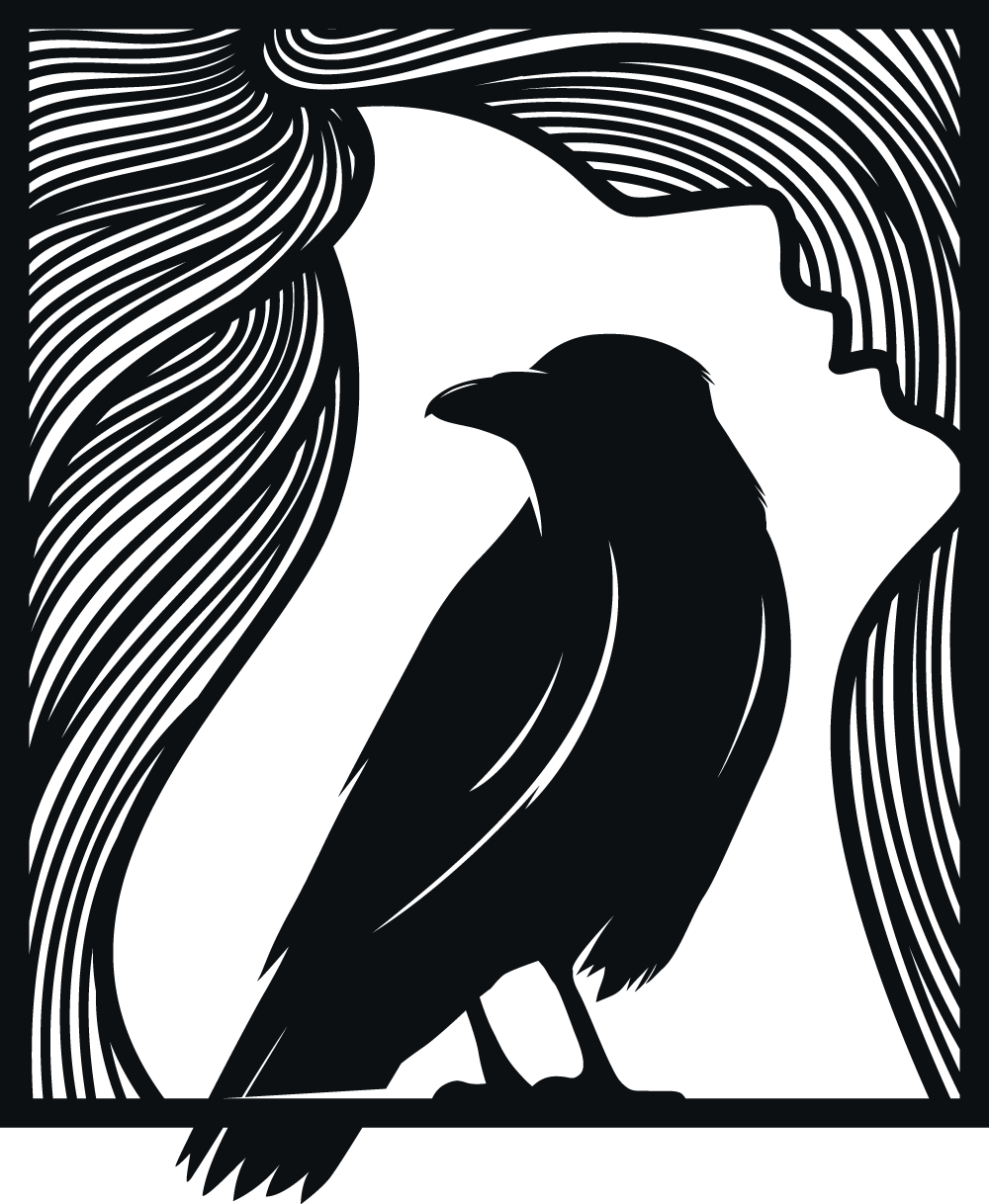
Shamanism and Its Connection to Pagan Traditions
Shamanism is a practice found in various cultures around the world, characterized by the shaman's ability to enter altered states of consciousness to interact with the spirit world. While shamanism is not strictly a pagan tradition, as it doesn't always fit the modern definition of paganism as an umbrella term for nature-based and polytheistic religions, it shares significant similarities with pagan traditions, particularly in its reverence for nature and spiritual practices.
Shamanism involves practices that include:
- Entering Altered States of Consciousness: Shamans enter trance-like states to communicate with spirits, undertake journeys to other realms, and gain insights or healing knowledge.
- Spirit Communication: Shamans act as intermediaries between the human and spirit worlds, often invoking spirits for guidance, protection, and healing.
- Healing and Divination: Through their interactions with the spirit world, shamans perform healing rituals and divinatory practices to help their communities.
Similarities to Pagan Traditions
Shamanism shares several key aspects with pagan traditions:
- Reverence for Nature: Both shamanism and many pagan traditions hold a deep respect for nature and its cycles. They often see the natural world as imbued with spirits and divine forces.
- Spiritual Practices: Practices such as ritual, trance, and spirit invocation are common to both shamanism and various forms of paganism.
Norse Shamanism
In Norse mythology, there are accounts of practitioners such as the **völva** (seeress) who engaged in prophetic and trance-like states to communicate with spirits and gain insights into the future. These practices bear a resemblance to shamanic techniques such as journeying, trance induction, and spirit communication.
- Völva: The völva were female seers in Norse society who used chants, songs, and sometimes hallucinogenic substances to enter trance states. They performed rituals called **seiðr**, which involved prophesying and communicating with the spirit world.
- Seiðr: This practice included elements such as ritual chants and the use of a high seat (a form of ritualistic staging), aligning closely with shamanic methods of engaging with the spirit world for divination and guidance.
Shamanism in Modern Pagan Practices
In contemporary paganism, especially within neo-shamanism, there is often a blending of traditional shamanic practices with modern spiritual and pagan elements. Modern practitioners might:
- Adapt Traditional Techniques: Using journeying, spirit communication, and healing practices inspired by indigenous shamanic traditions.
- Integrate Eclectic Practices: Combining elements from various spiritual traditions, including Wicca, Druidry, and other pagan paths, with shamanic practices.
Conclusion
While shamanism is not exclusively a pagan tradition, it shares many elements with pagan spiritual practices, particularly in its reverence for nature and use of altered states for spiritual purposes. The practices of the völva in Norse mythology illustrate the overlap between shamanic techniques and those found in historical pagan traditions. In modern times, shamanic practices continue to influence and be integrated into various forms of contemporary paganism, reflecting a shared commitment to connecting with the spiritual and natural worlds.

